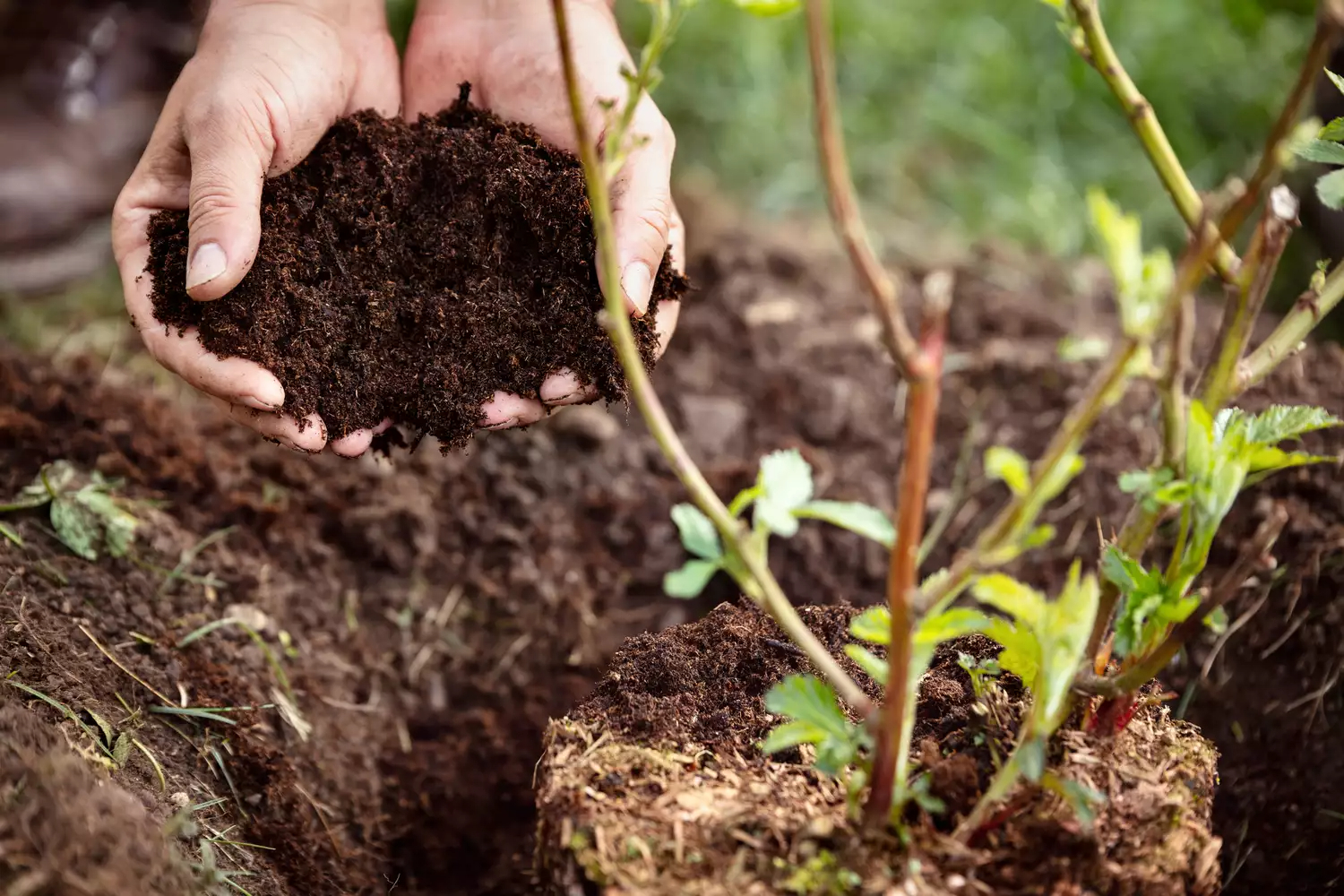

Articles
How To Use Compost In The Garden
Modified: October 19, 2024
Learn how to effectively use compost in your garden for optimal gardening results. Discover the benefits and techniques for incorporating compost into your gardening practices.
(Many of the links in this article redirect to a specific reviewed product. Your purchase of these products through affiliate links helps to generate commission for Storables.com, at no extra cost. Learn more)
Introduction
Gardening is a beautiful and rewarding hobby that allows us to connect with nature and create our own little slice of paradise. Whether you have a small backyard garden or a sprawling landscape, one thing remains constant – the importance of soil health. Healthy soil is the foundation for successful gardening, and one of the best ways to improve soil health is through the use of compost.
Compost is often referred to as “black gold” for gardeners, and for good reason. It is a rich, organic material that is created through the process of decomposing organic matter such as leaves, grass clippings, kitchen scraps, and other plant materials. This natural fertilizer is teeming with nutrients and beneficial microorganisms that can work wonders for your garden.
In this article, we will explore the numerous benefits of using compost in the garden, the different types of compost available, how to make your own compost, and various ways to apply it to your garden. So, roll up your sleeves and get ready to learn how compost can transform your gardening experience!
Key Takeaways:
- Compost is a gardener’s “black gold,” enriching soil, suppressing weeds, and reducing the need for chemical fertilizers. It’s a sustainable and nutrient-rich solution for a thriving garden ecosystem.
- Using compost as mulch provides a natural, nutrient-rich alternative to traditional mulch materials. It conserves moisture, regulates soil temperature, and promotes healthy plant growth.
Read more: How To Have A Garden On A Balcony
Benefits of Using Compost in the Garden
Using compost in the garden comes with a multitude of benefits that can greatly enhance the health and productivity of your plants. Let’s explore some of the key advantages:
- Improves Soil Structure: Compost acts as a natural soil conditioner, improving its structure and texture. It helps sandy soils retain moisture and provides better drainage for clay soils. This improved structure allows plant roots to penetrate easily, leading to stronger and healthier plants.
- Enriches Soil with Nutrients: Compost is packed with essential nutrients that plants need to thrive. It contains a balanced blend of nitrogen, phosphorus, potassium, and micronutrients, making it a complete and organic fertilizer. These nutrients are slowly released into the soil, providing a steady supply to your plants over time.
- Enhances Soil Microbiology: Compost is alive with beneficial microorganisms such as bacteria, fungi, and earthworms. These microorganisms help break down organic matter, release nutrients, and improve the overall soil ecosystem. They also protect plants from harmful pathogens, promoting a healthier garden environment.
- Retains Moisture: The organic matter in compost acts like a sponge, retaining moisture in the soil. This is especially beneficial during dry periods, as it reduces water stress on plants and reduces the need for frequent irrigation. It also helps prevent soil erosion and improves water infiltration.
- Reduces the Need for Chemical Fertilizers: By using compost, you can minimize your reliance on synthetic fertilizers. The slow-release nature of compost ensures a steady supply of nutrients to plants, reducing the risk of nutrient imbalances or excessive leaching. This promotes a more sustainable and eco-friendly approach to gardening.
- Suppresses Weeds: Applying a layer of compost as mulch can help suppress weed growth. The thick layer prevents sunlight from reaching weed seeds, inhibiting their germination and growth. This saves you time and effort spent on manual weeding and reduces competition for nutrients and moisture among your desired plants.
These are just a few of the many benefits that compost can bring to your garden. By incorporating this natural fertilizer into your gardening routine, you can create a thriving and vibrant garden that is both visually stunning and environmentally friendly.
Types of Compost
When it comes to compost, there are several types available, each with its own unique characteristics and benefits. Knowing the different types of compost can help you choose the right one for your specific gardening needs. Let’s take a look at some common types of compost:
- Traditional Compost: Traditional compost is made from a combination of green and brown organic materials, such as kitchen scraps, grass clippings, leaves, and garden waste. This type of compost is rich in nutrients and is suitable for a wide range of garden applications.
- Vermicompost: Vermicompost, also known as worm castings, is the result of composting organic materials with the help of redworms (Eisenia fetida). These worms break down the organic matter, producing a nutrient-rich compost that is teeming with beneficial microorganisms. Vermicompost is particularly well-suited for indoor plants, seedlings, and container gardening.
- Manure Compost: Manure compost is produced by composting animal manure, such as cow, horse, or chicken manure. It is a potent source of nutrients and adds organic matter to the soil. However, it should be aged or composted properly to avoid the risk of pathogen contamination. Use manure compost sparingly and avoid applying it directly to edible crops.
- Leaf Mold: Leaf mold is a type of compost that is made solely from decomposed leaves. It is rich in organic matter and provides excellent moisture retention properties. Leaf mold is ideal for improving soil structure, especially for plants that prefer a more acidic growing environment, such as azaleas or blueberries.
- Green Manure: Green manure is a living cover crop that is grown specifically to be incorporated into the soil as green manure. It helps add organic matter, improve soil structure, and increase nutrients. Common green manure crops include clover, alfalfa, and buckwheat.
Each type of compost has its own benefits and specific uses in the garden. Consider your gardening goals, plant preferences, and soil needs when selecting the most appropriate type of compost for your garden.
How to Make Compost
Making your own compost is a cost-effective and sustainable way to create a nutrient-rich soil amendment for your garden. Follow these simple steps to start composting at home:
- Choose a Compost Bin: Select a compost bin or container that suits your needs and available space. There are various options available, including plastic bins, wire mesh bins, or even DIY compost bins made from wooden pallets. Ensure that the bin has proper ventilation and is large enough to hold a sufficient amount of compost materials.
- Collect Organic Materials: Gather a variety of organic materials for your compost pile. This includes kitchen scraps like fruit and vegetable peels, coffee grounds, and eggshells. Also collect yard waste such as grass clippings, leaves, and small prunings. Avoid adding meat, dairy products, and oily foods to prevent attracting pests.
- Add the Right Ratio: To ensure proper decomposition, aim for a balanced ratio of green (nitrogen-rich) and brown (carbon-rich) materials. Ideally, you should have a 2:1 ratio of brown to green materials. This helps maintain the right carbon-to-nitrogen balance, ensuring efficient breakdown and preventing any foul odors. Layer the materials in the compost bin, alternating between green and brown layers.
- Moisten the Pile: Composting microorganisms require moisture to thrive and break down the organic matter. Make sure your compost pile is evenly moist, resembling a damp sponge. If the pile becomes too dry, water it lightly. If it becomes too wet, add dry materials like straw or shredded newspaper to absorb excess moisture.
- Turn the Compost Pile: Periodically turning the compost pile helps aerate it and speeds up the decomposition process. Use a garden fork or shovel to gently turn the pile, mixing the outer materials to the center. Turning the pile every few weeks ensures an even breakdown and helps eliminate any potential odor issues.
- Patience is Key: Composting is a natural process that requires time. Depending on various factors like temperature, moisture, and the size of the compost pile, it can take anywhere from a few months to a year for the materials to fully decompose. Be patient and let nature do its work.
- Harvest the Compost: Once the compost has turned into dark, crumbly, and earthy-smelling material, it is ready to be used in the garden. Remove any large, undecomposed materials and transfer the finished compost to a separate container or directly apply it to your plants and soil.
Remember, composting is an ongoing process. As you continue to collect organic materials, you can add them to your compost pile to create a continuous supply of nutrient-rich compost for your garden. Start composting today and watch as your garden thrives with the benefits of homemade compost!
Applying Compost to the Garden
Applying compost to your garden is a crucial step in reaping its benefits and improving the health and productivity of your plants. Here are various ways you can apply compost to your garden:
- Top Dressing: One of the simplest ways to apply compost is by top dressing. Spread a layer of compost around the base of your plants, avoiding direct contact with the stems. This method helps nourish the soil and provides a slow-release of nutrients to the plants over time.
- Mixing into the Soil: For new beds or when planting new crops, mix compost into the soil before planting. This ensures that the nutrients are distributed evenly and the roots have direct contact with the organic matter. Dig or till the compost into the top layer of soil to a depth of 4-6 inches.
- Seed Starting: Create a nutrient-rich seed starting mix by mixing compost with potting soil or seed starting mix. This improves the soil structure and provides young seedlings with essential nutrients as they begin to grow.
- Container Gardening: When planting in containers, amend the potting mix with compost. Use a mixture of one-third compost to two-thirds potting soil. This helps improve moisture retention, provides nutrients, and supports healthy root development.
- Compost Tea: Make compost tea by steeping compost in water and using the resulting liquid as a foliar spray or soil drench. This provides a liquid form of nutrients that can be readily absorbed by plants. Dilute the compost tea with water at a ratio of 1:10 before applying.
- Mulching: Use compost as mulch by applying a layer of compost around your plants. This helps suppress weed growth, retain moisture, and regulate soil temperature. Apply a 2-3 inch layer of compost and keep it a few inches away from the base of the plants to prevent stem rot.
Remember to apply compost regularly to reap its maximum benefits. In general, aim to add compost to your garden at least once or twice a year, depending on the condition of your soil. Additionally, monitor the moisture levels in your garden and adjust watering accordingly to ensure the proper breakdown and absorption of nutrients from the compost.
By applying compost to your garden, you are nourishing the soil, promoting plant growth and health, and creating a sustainable and thriving garden environment.
Read more: How To Use A Composting Toilet
Using Compost to Improve Soil Structure
Soil structure plays a vital role in the overall health and productivity of your garden. Fortunately, compost is an excellent tool for improving soil structure and creating an optimal growing environment for your plants. Here’s how you can use compost to enhance soil structure:
- Enhancing Drainage: If you have heavy clay soil that tends to become compacted and waterlogged, adding compost can improve its drainage capacity. The organic matter in the compost helps break up the soil particles, allowing water to percolate through more freely and preventing waterlogged conditions that can lead to root rot.
- Improving Water Retention: On the other hand, if you have sandy soil that drains too quickly and struggles to hold moisture, compost can help improve water retention. The organic matter acts like a sponge, holding onto water and releasing it slowly to the plants’ roots, ensuring they have a steady supply of moisture even during dry spells.
- Reducing Soil Erosion: Compost applied to the soil surface acts as a protective layer, making it less prone to erosion. It helps bind soil particles together, reducing the risk of erosion caused by wind or water. This is especially beneficial in sloping areas or gardens exposed to heavy rainfall.
- Promoting Aeration: Compacted soil lacks oxygen, which is essential for root respiration and the growth of beneficial soil organisms. Mixing compost into the soil helps improve aeration, allowing roots to breathe and enabling beneficial microorganisms to thrive. This creates a healthier and more vibrant garden ecosystem.
- Encouraging Soil Aggregation: Soil aggregation refers to the formation of stable soil crumbs or aggregates. These aggregates provide pore spaces for air, water, and the movement of plant roots. Compost helps stimulate the formation of soil aggregates, improving the overall structure and stability of the soil.
To improve soil structure, spread a layer of compost over the soil surface and gently incorporate it using a garden fork or tiller. For heavy clay soils, apply a thicker layer to encourage better drainage and break up compacted soil. For sandy soils, mix compost into the top layer to increase moisture retention and promote overall soil health.
By using compost to improve soil structure, you provide a fertile and hospitable environment for your plants, ensuring their roots can access the necessary nutrients, water, and oxygen they need to thrive.
Mix compost into the soil to improve its structure, add nutrients, and increase water retention. Apply a 2-3 inch layer around plants to act as a mulch and suppress weeds.
Using Compost as Mulch
Mulching is a highly effective practice in gardening that helps conserve moisture, suppress weeds, regulate soil temperature, and improve overall soil health. Instead of using traditional mulch materials like wood chips or straw, consider using compost as a natural and nutrient-rich alternative. Here are some benefits and tips for using compost as mulch:
- Nutrient-Rich Mulch: Compost serves as a nutrient-rich mulch, providing a slow-release source of essential plant nutrients. As it breaks down, the nutrients are gradually released into the soil, nourishing your plants throughout the growing season. This can help reduce the need for additional fertilizers.
- Moisture Retention: Compost acts as a natural moisture retainer, reducing evaporation from the soil surface and helping to maintain soil moisture levels. By applying a layer of compost mulch around your plants, you can conserve water and minimize the need for frequent irrigation.
- Weed Suppression: A thick layer of compost mulch can smother weed growth by blocking sunlight and preventing weed seeds from germinating. This reduces competition for nutrients, water, and sunlight, giving your plants a better chance to thrive without the hassle of constant weeding.
- Soil Temperature Regulation: Compost mulch acts as a natural insulator, helping to regulate soil temperature. It keeps the soil cooler during hot summer months and warmer during colder periods, providing a more stable and favorable environment for plant roots.
- Adding Organic Matter: As the compost mulch breaks down, it adds organic matter to the soil, improving soil structure and boosting beneficial microbial activity. This helps create a fertile and biologically active soil ecosystem, promoting healthy plant growth.
To use compost as mulch, follow these tips:
- Apply a layer of compost mulch around your plants, leaving a small space around the base to prevent stem rot.
- Ensure the compost layer is 2-3 inches thick, providing sufficient coverage to suppress weeds and retain moisture.
- Regularly monitor the moisture levels in the mulch layer. Add more compost if it becomes too thin or starts to break down.
- Avoid piling the compost mulch directly against the stems of plants, as this can create a breeding ground for pests or diseases.
- Replenish the compost mulch layer annually or as needed, especially after heavy rains or when it has significantly decomposed.
By utilizing compost as mulch, you can harness its natural benefits to create a healthy and productive garden environment.
Using Compost for Soil Amendment
Compost is a versatile and valuable soil amendment that can greatly improve the quality and fertility of your garden soil. By incorporating compost into your soil, you can address various soil issues and create an optimal growing environment for your plants. Here’s how to effectively use compost for soil amendment:
- Adding Organic Matter: Compost is rich in organic matter, which is a key component for improving soil structure, water retention, and nutrient availability. Organic matter helps bind soil particles, creating pore spaces for air and water movement, and promoting the growth of beneficial soil microorganisms.
- Alleviating Compacted Soil: If you have compacted soil that is hard to work with and impedes plant root growth, compost can come to the rescue. Its organic matter content helps break up the soil, improving aeration and drainage. Work compost into the top layer of the soil to alleviate compaction and create a looser, more friable texture.
- Balancing pH Levels: Compost has a near-neutral pH, which helps to buffer extremes in soil acidity or alkalinity. If your soil pH is too high (alkaline) or too low (acidic), incorporating compost can help bring it into the optimal range for plant growth. Conduct a soil test to determine the pH of your soil and adjust accordingly.
- Providing Essential Nutrients: Compost contains a wide range of essential plant nutrients, such as nitrogen, phosphorus, and potassium, as well as micronutrients. These nutrients are slowly released into the soil over time, providing a steady supply to your plants. Incorporating compost ensures that your plants have access to the necessary nutrients for healthy growth.
- Amending Specific Soil Types: Compost can be tailored to address specific soil types. For example, if you have sandy soil that drains too quickly, adding compost can improve water retention. For clay soil that struggles with drainage, compost helps improve its structure and permeability. Identify your soil type and amend accordingly to optimize its properties.
- Planting Hole Amendment: Prior to planting, amend the individual planting holes with compost. Mix some compost with the native soil before backfilling around the roots of your plants. This helps provide immediate nutrition and improves the soil environment directly around the root zone, encouraging strong and healthy root development.
For best results, incorporate compost into your garden soil during the preparation phase before planting. Aim to work compost into the top 6-8 inches of soil, ensuring even distribution. The amount of compost needed will vary depending on the condition of your soil, but a general guideline is to use about 1-3 inches of compost per 100 square feet.
By using compost as a soil amendment, you can enrich your soil, promote better plant growth, and create a thriving garden ecosystem.
Composting Dos and Don’ts
Composting is an excellent way to reduce waste, create nutrient-rich soil, and contribute to a sustainable garden ecosystem. To ensure successful composting and avoid common pitfalls, here are some dos and don’ts to keep in mind:
Read more: How To Use A Countertop Compost Bin
Composting Dos:
- Do Collect a Variety of Organic Materials: Gather a diverse mix of organic materials for your compost pile. This includes kitchen scraps, such as fruit and vegetable peels, coffee grounds, and eggshells, as well as yard waste like grass clippings, leaves, and small prunings. The more variety, the better the nutrient content and microbial diversity of your compost.
- Do Maintain the Right Carbon-to-Nitrogen Ratio: Aim for a balanced ratio of carbon-rich (brown) to nitrogen-rich (green) materials in your compost pile. A ratio of roughly 3 parts brown materials to 1 part green materials is ideal. This helps ensure proper decomposition, prevent odors, and promote the growth of beneficial microorganisms.
- Do Turn or Rotate the Compost Pile: Regularly turning or rotating the compost pile helps aerate it and encourages even decomposition. Aim to turn the pile every few weeks, using a garden fork or shovel to mix the outer materials into the center. This promotes breakdown and eliminates any potential odor issues.
- Do Keep the Compost Moist: Composting microorganisms require moisture to thrive. Ensure that your compost pile remains evenly moist, resembling a damp sponge. If the pile becomes too dry, water it lightly, and if it becomes too wet, add dry materials like straw or shredded newspaper to absorb excess moisture.
- Do Shred or Chop Large Materials: To accelerate the composting process, shred or chop larger materials into smaller pieces. This increases the surface area, allowing for more efficient decomposition. Large pieces will take longer to decompose and may hinder airflow within the compost pile.
Composting Don’ts:
- Don’t Add Meat, Dairy, or Oily Foods: Avoid adding meat, bones, dairy products, or oily foods to your compost pile. These materials can attract pests, create odors, and slow down the composting process. Stick to plant-based kitchen scraps and yard waste for optimal results.
- Don’t Add Invasive Weeds or Diseased Plants: Avoid adding invasive weeds or diseased plants to your compost pile. The composting process may not reach temperatures high enough to kill weed seeds or pathogens, potentially spreading them throughout your garden. Dispose of these materials separately or through other means, such as hot composting or municipal green waste facilities.
- Don’t Use Chemicals or Pesticides: Refrain from using chemical fertilizers, pesticides, or herbicides on materials intended for composting. These chemicals can disrupt the natural decomposition process and harm the beneficial microorganisms in your compost pile.
- Don’t Neglect Airflow: Proper airflow is essential for the composting process. Avoid compacting the compost pile excessively and ensure that it has good ventilation. This allows oxygen to reach the microorganisms, promoting aerobic decomposition and reducing the likelihood of anaerobic conditions that result in foul odors.
- Don’t Overload with One Material: While it’s important to have a variety of materials in your compost pile, avoid overwhelming it with an excessive amount of one material. For example, an abundance of grass clippings can become compacted and slimy, leading to an unpleasant odor. Strive for a balanced mix of brown and green materials.
By following these composting dos and don’ts, you can ensure a successful composting process and produce nutrient-rich compost to nourish your garden.
Conclusion
Compost is a true gift for gardeners, offering a multitude of benefits for both plants and the environment. By incorporating compost into your gardening routine, you can improve soil structure, enrich the nutrient content, promote healthy plant growth, and contribute to sustainable gardening practices.
We explored the various benefits of using compost in the garden, such as improving soil structure, enriching soil with essential nutrients, enhancing soil microbiology, retaining moisture, reducing the need for chemical fertilizers, and suppressing weeds.
You learned about different types of compost, including traditional compost, vermicompost, manure compost, leaf mold, and green manure. Each type has its own unique characteristics and applications, allowing you to choose the most suitable compost for your garden needs.
We also delved into the process of making compost, from choosing a compost bin to collecting the right organic materials, ensuring the proper ratio of green to brown materials, and turning the compost pile. With a little patience and effort, you can create a nutrient-rich compost that will nourish your garden for years to come.
Applying compost to the garden is a critical step in harnessing its benefits. Whether it’s top dressing, mixing into the soil, using it for seed starting or container gardening, making compost tea, or using it as mulch, each method plays a role in enhancing plant health, conserving moisture, and improving soil fertility.
Finally, we discussed the importance of using compost as a soil amendment, addressing soil compaction, pH imbalance, nutrient deficiencies, and specific soil types. By incorporating compost into your soil, you’re creating an ideal environment for plant roots, promoting better nutrient uptake, and supporting overall soil health.
Remember, composting is an ongoing process that requires attention and care. Follow the dos and don’ts of composting, including collecting a variety of organic materials, maintaining the right carbon-to-nitrogen ratio, turning the compost pile, keeping it moist, and avoiding certain materials that can hinder the composting process.
In conclusion, compost is a valuable resource that can transform your garden and contribute to a more sustainable world. By harnessing the power of compost and integrating it into your gardening practices, you are nurturing healthy plants, conserving resources, and leaving a positive impact on the environment. So, start composting today and watch your garden thrive with the benefits of this natural and nutrient-rich soil amendment.
Frequently Asked Questions about How To Use Compost In The Garden
Was this page helpful?
At Storables.com, we guarantee accurate and reliable information. Our content, validated by Expert Board Contributors, is crafted following stringent Editorial Policies. We're committed to providing you with well-researched, expert-backed insights for all your informational needs.
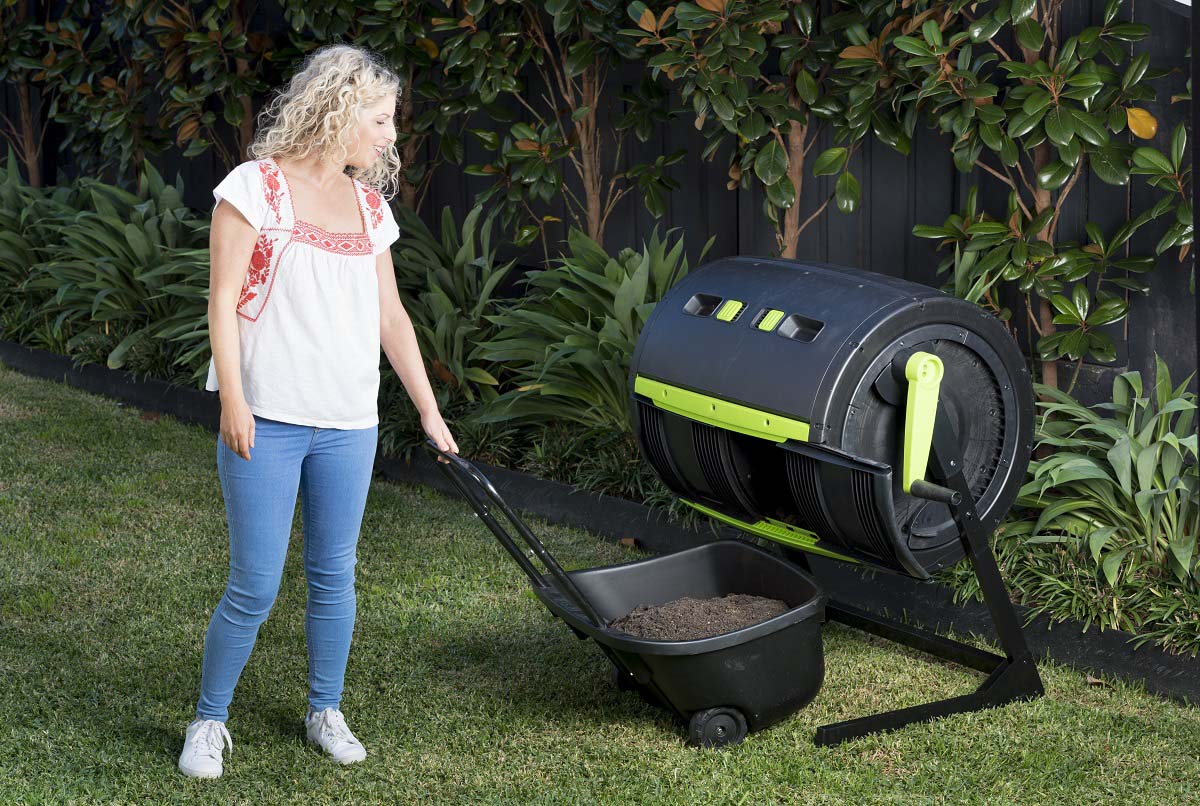
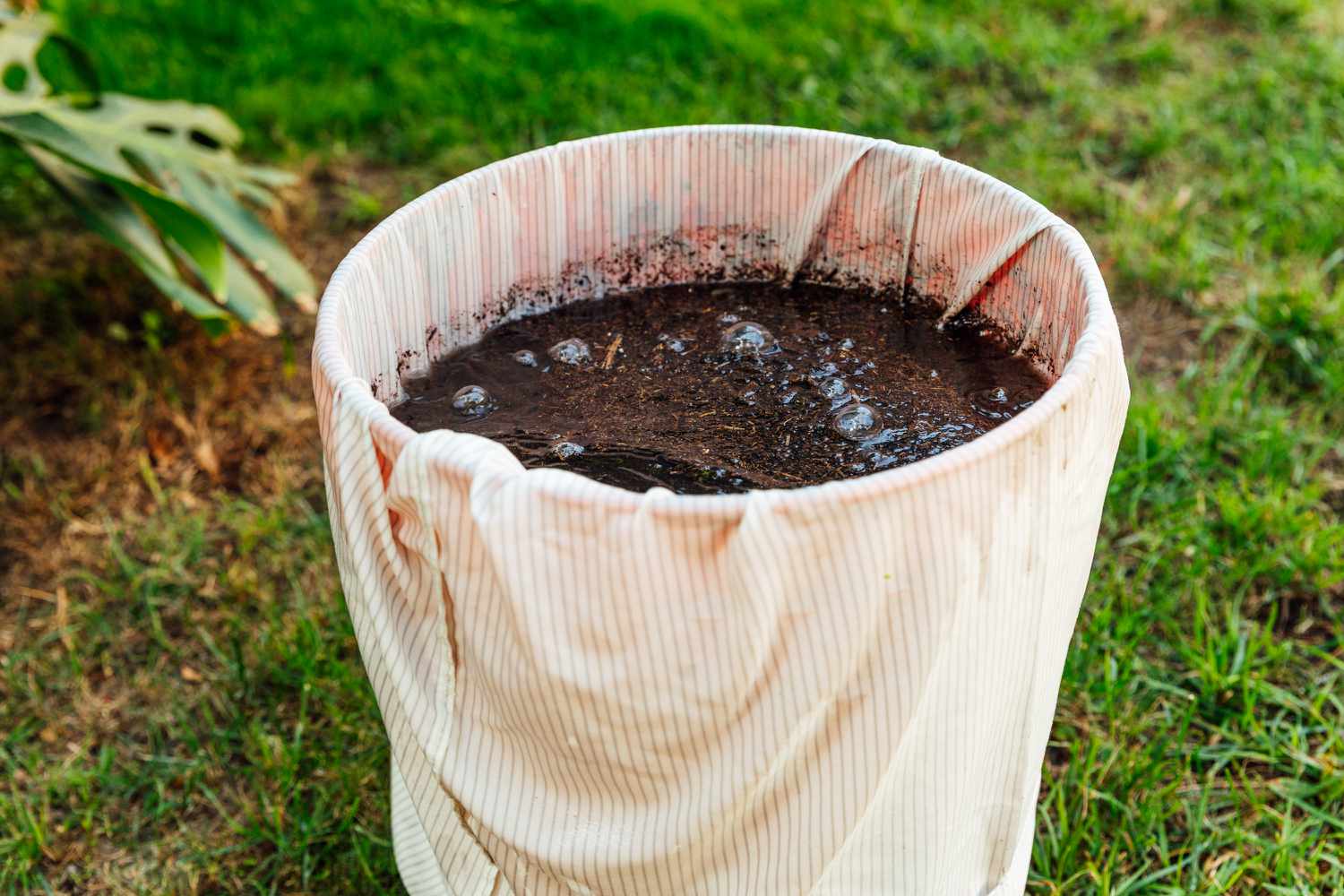
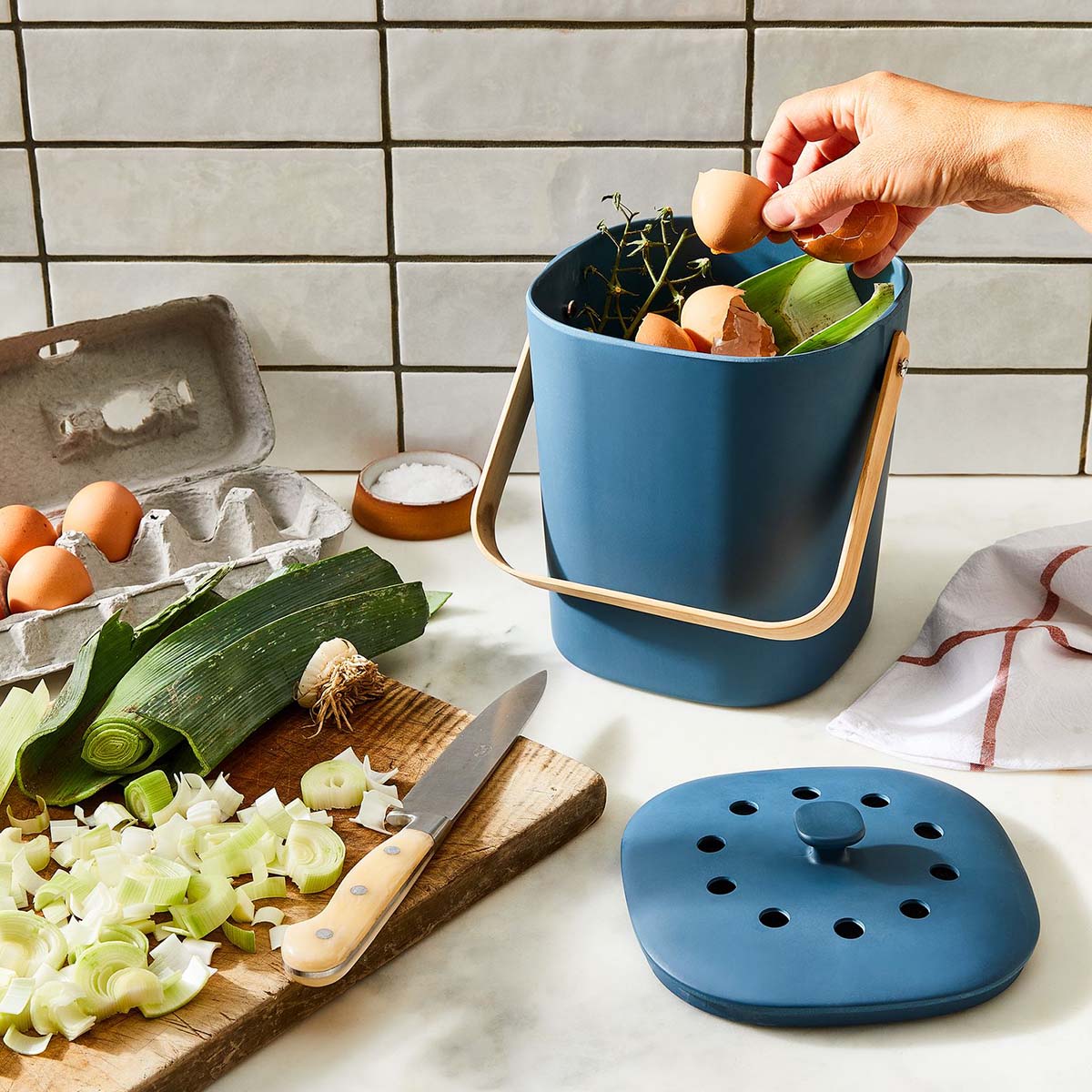
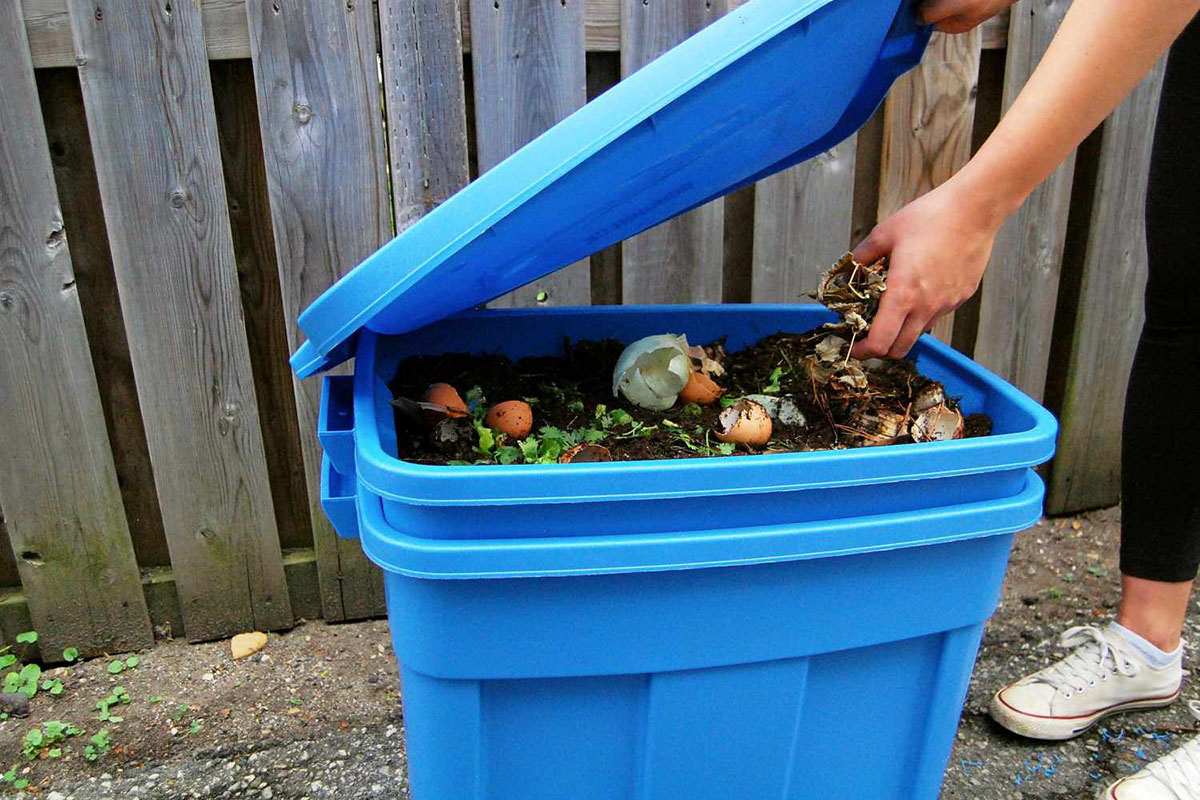
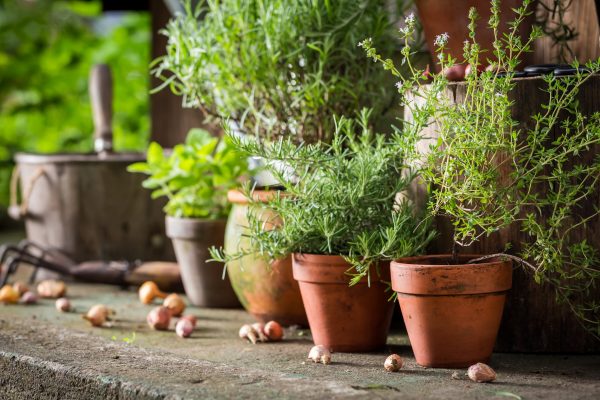
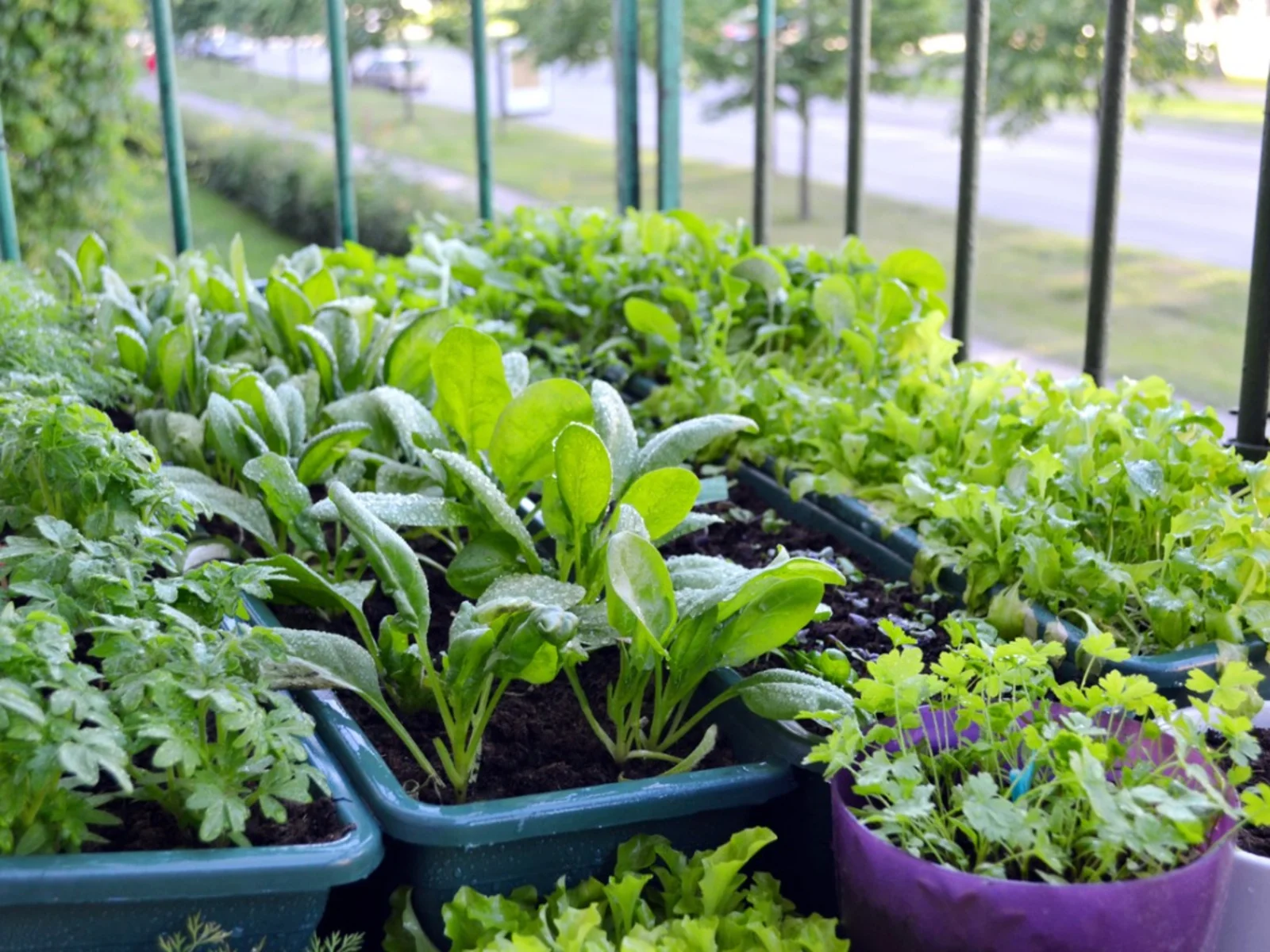
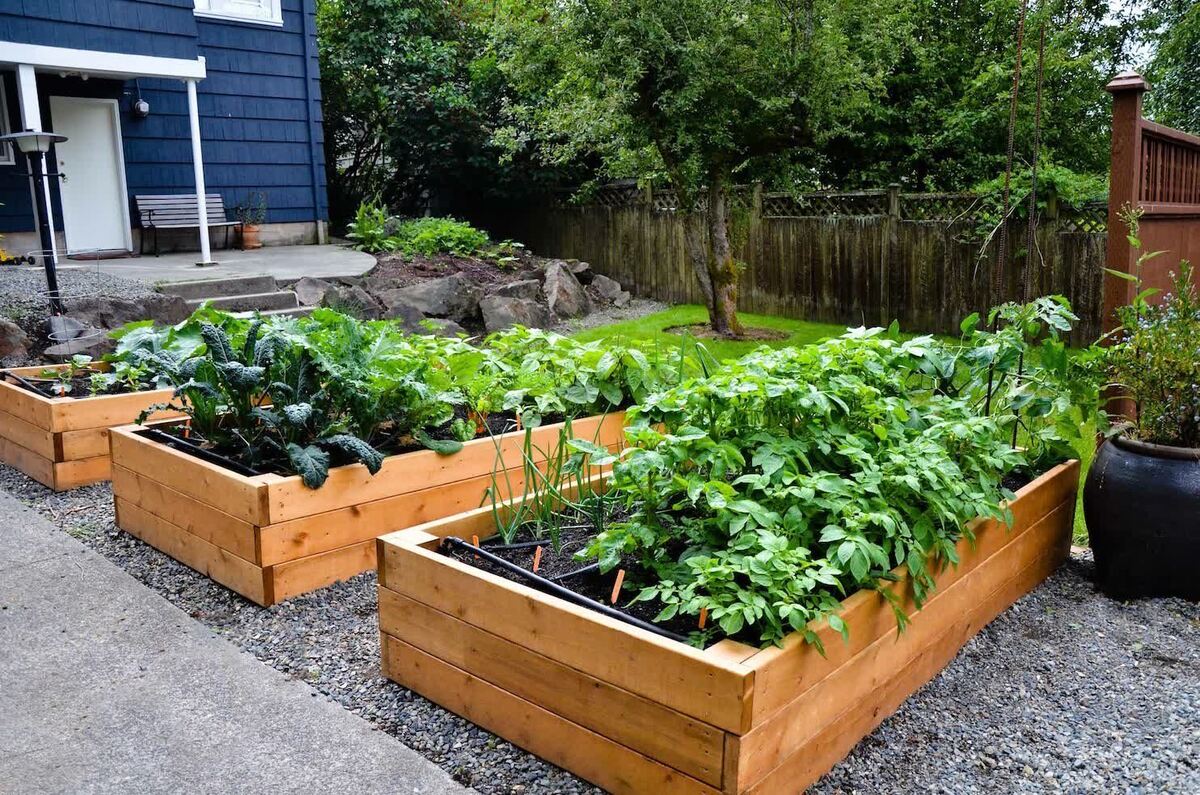
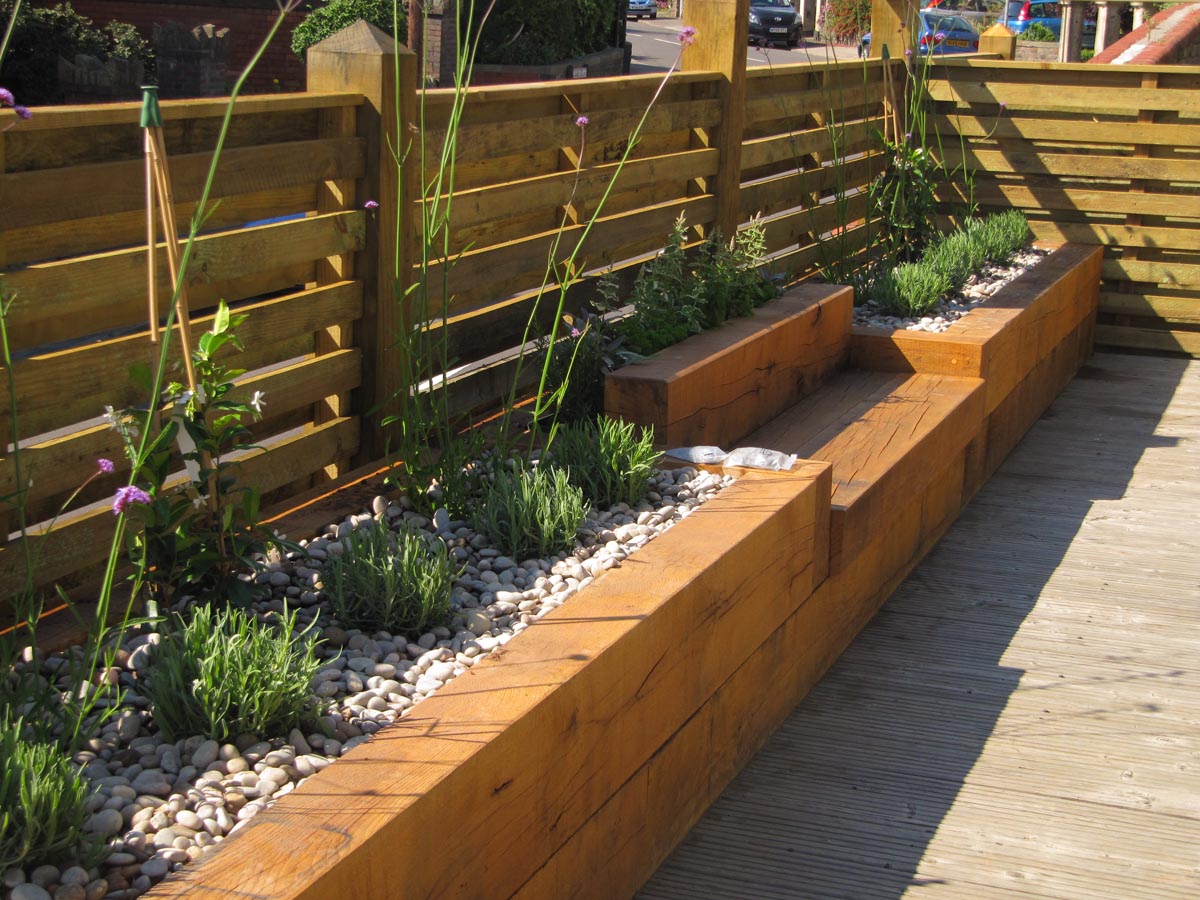
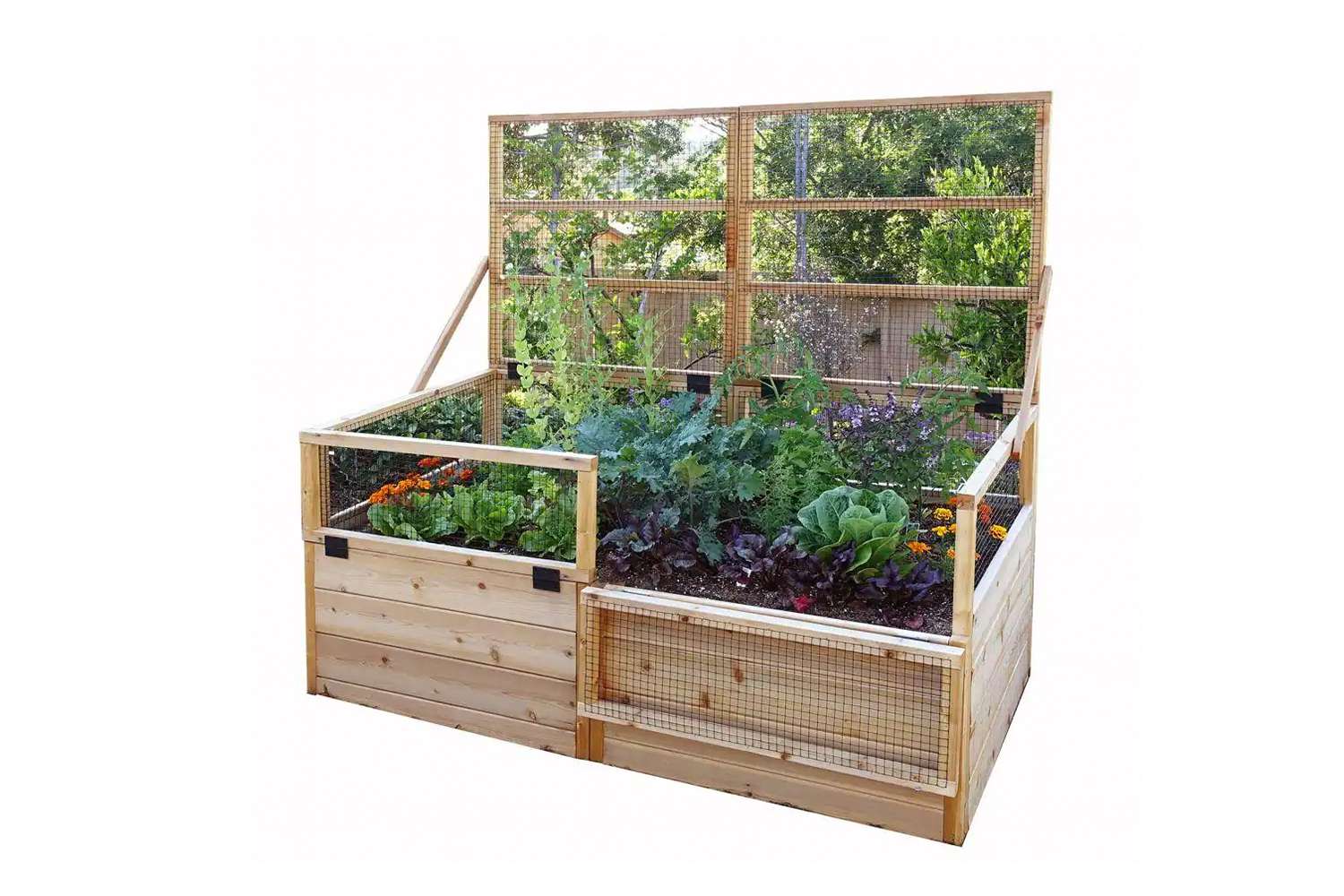
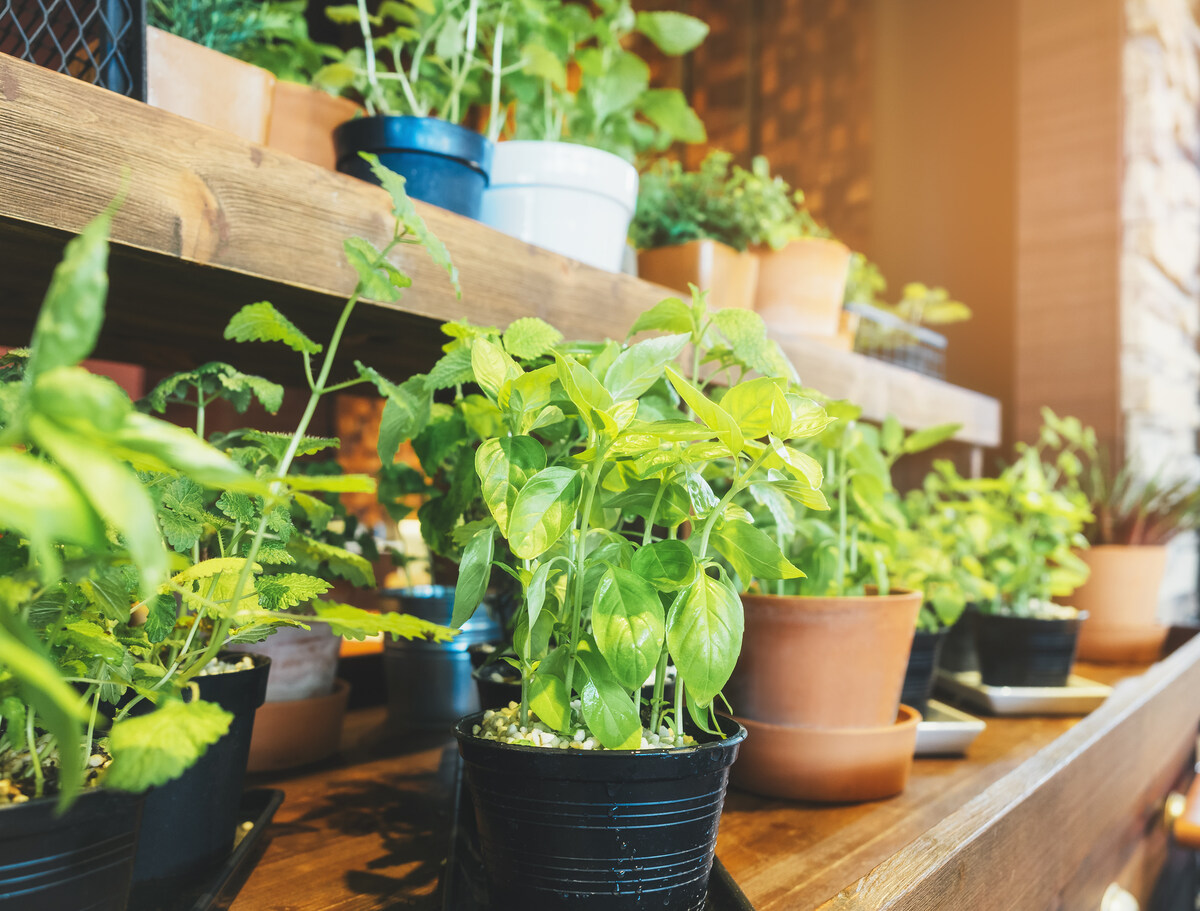
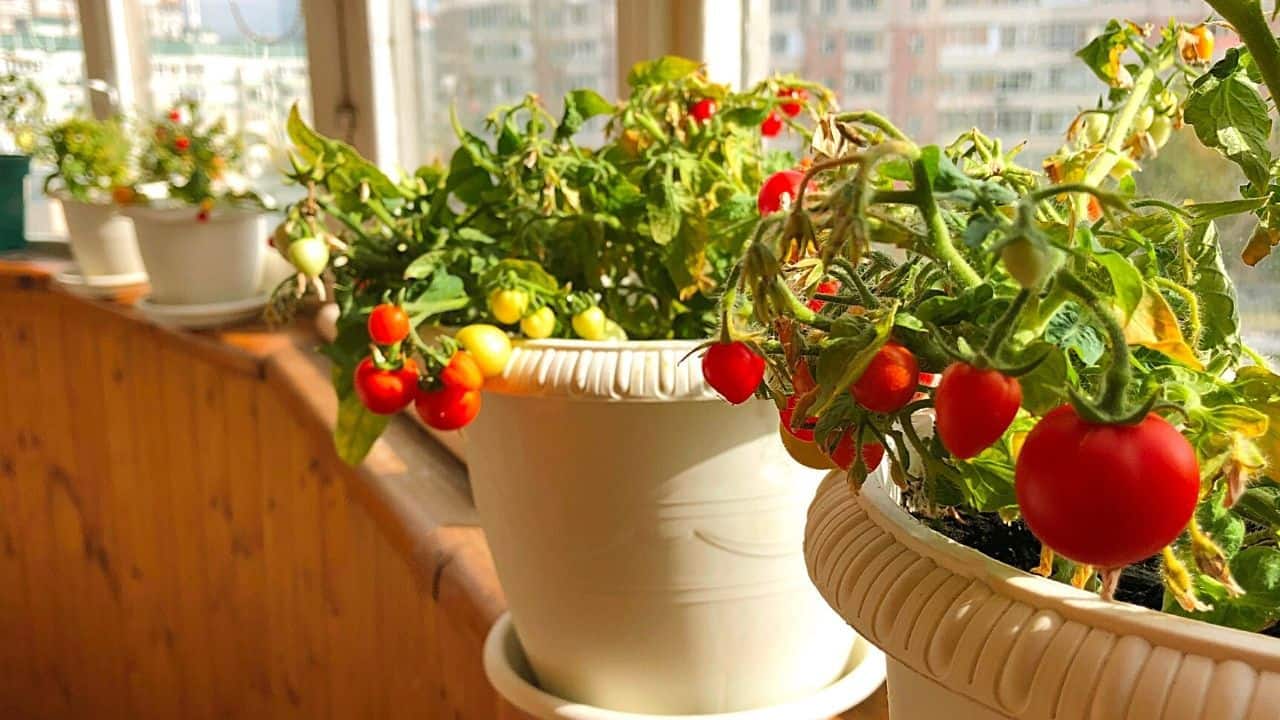
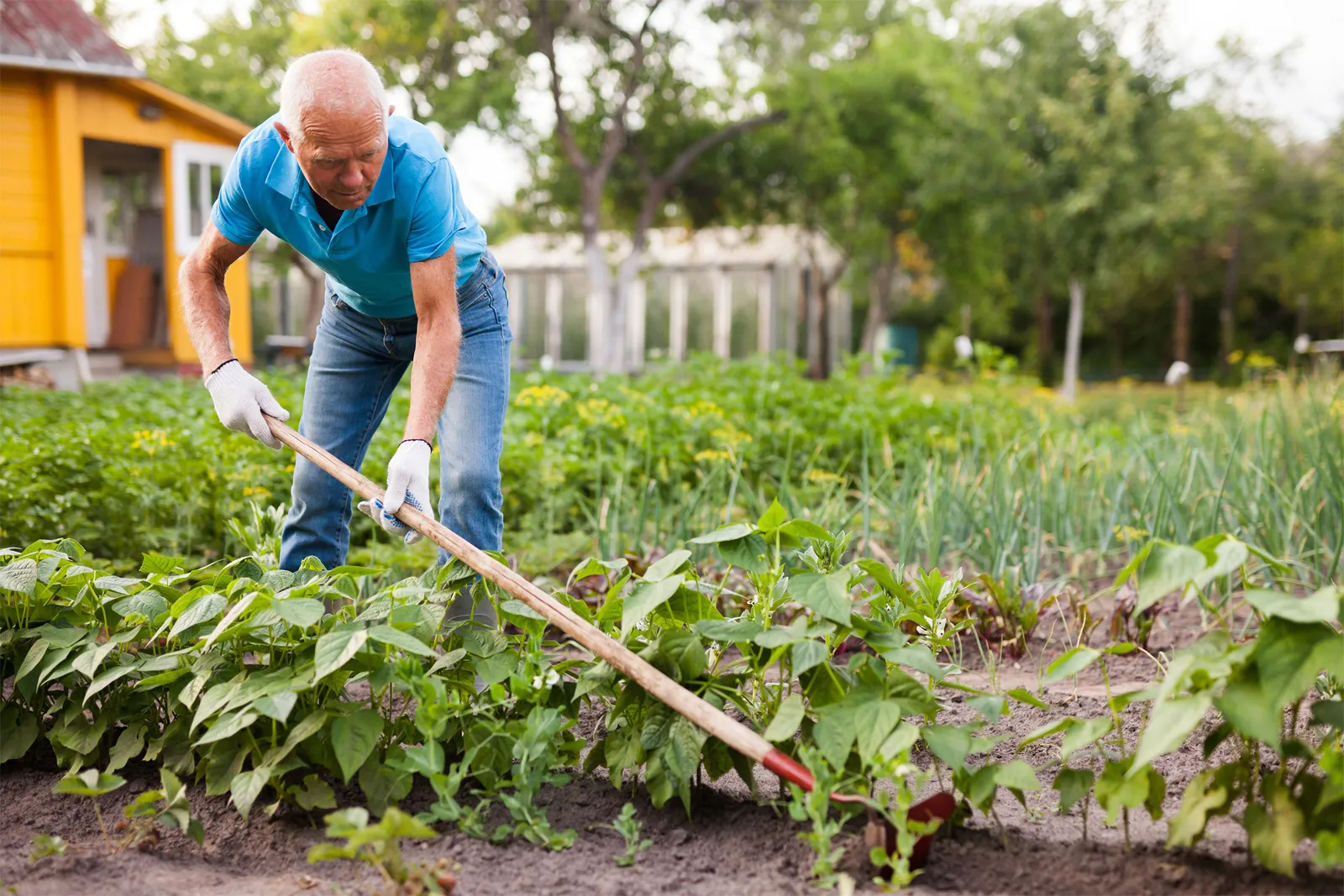


0 thoughts on “How To Use Compost In The Garden”